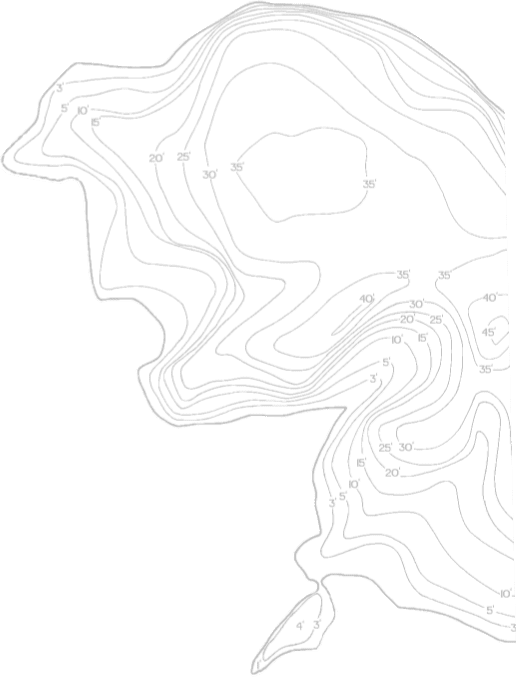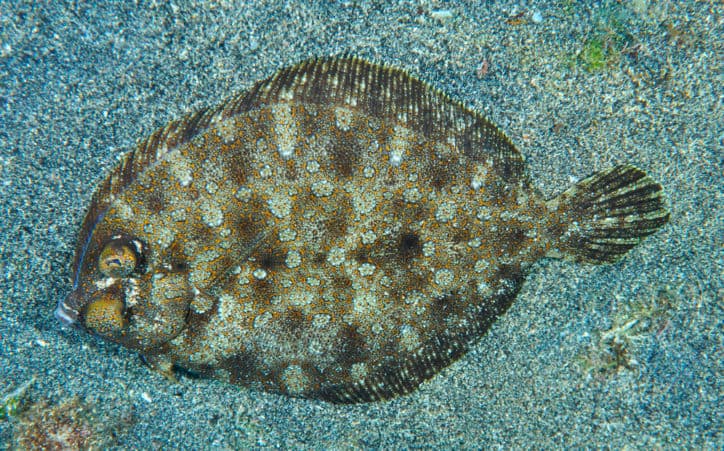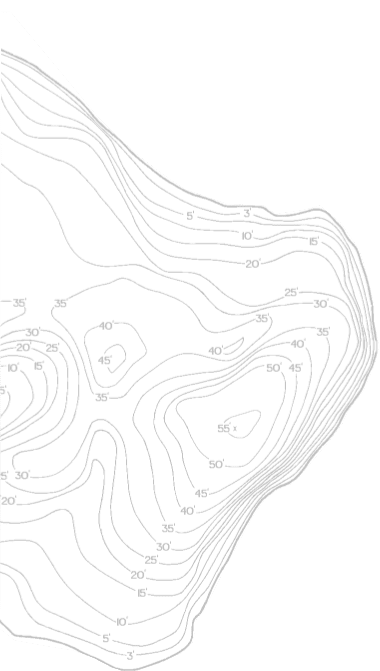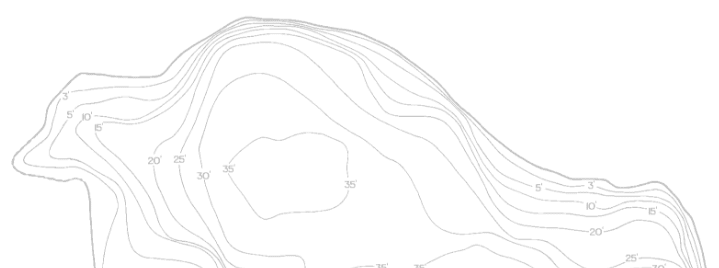- Dotted sea slug (Peltodoris atromaculata)
A species of sea-slug in the family Discodorididae, more commonly known as Disco Doris. Dotted sea slugs are a species of nudibranch, the popular order of marine gastropods consisting of more than 3000 species. Dotted sea slugs are also called sea cows due to their characteristic appearance.
Fun fact: like all members of the order Nudibranchia, dotted sea slugs are simultaneous hermaphrodites. This means the same organism has both the male and the female sex organs and produces both types of gametes.
IUCN Red List Status: not evaluated
Where to find them in Gozo: I often spot these striking species during dives in the Inland Sea or Blue Hole
- Common octopus (Octopus vulgaris)
The common octopus has a worldwide distribution and is considered the most intelligent of all invertebrates. Like all octopus the common octopus has a unique appearance, with a large bulbous head and eight distinctive arms.
Fun fact: the common octopus has an amazing ability to camouflage itself, a critical line of defence against predators. The common octopus uses specialised muscles located in its skin and a network of pigment cells called chromatophores, to match its surroundings, genius!
IUCN Red List Status: least concern
Where to find them in Gozo: these species are commonly spotted on night dives as they hunt at dusk. Xatt I-Ahmar is the best dive site to spot this amazing species, hiding in nooks and crannies in the rocks.
- Fried egg jellyfish (Cotylorhiza tuberculata)
As the name suggests, fried egg jellyfish literally look like an egg that’s been cracked into the ocean. These jellyfish have a smooth translucent bell with an elevated yolk-yellow bell in the centre. At the end of their tentacles are zooxanthellae giving this jellyfish a cracking purple colour!
Fun fact: the eggcellent news is, unlike most jellyfish, the sting from a fried egg jellyfish has very little effect on humans. In fact its sting is so mild that small organisms, such as juvenile mackerel fish, often hitch a ride with fried egg jellyfish, as the tentacles provide shelter and protection.
IUCN Red List Status: not evaluated
Where to find them in Gozo: fried egg jellyfish are found seasonally in Gozo and blooms of these jellyfish often arrive in the surrounding waters from late August through to September.
- Mediterranean moray (Muraena helena)
The Mediterranean moray has a characteristic elongated body and can reach a length of 1.5 metres and weigh over 15 kilograms! The Mediterranean moray actually has remarkably por eyesight and relies heavily on its incredible sense of smell when hunting.
Fun fact: the Mediterranean moray is often seen with its mouth open, showing off its long and sharp-pointed teeth. The misconception is that the moray is being aggressive and threatening, but this is not the case! Like all moray eels, the Mediterranean moray opens and closes it mouth to orally pump water through its gills, allowing it to breathe!
IUCN Red List Status: least concern
Where to find them in Gozo: the Mediterranean moray can be found hiding in cavities and clefts between rocks during the day at most dive sites and is more active at night. Nine times out of ten a resident moray eel can be found at Middle Finger!
- Barracuda
There are two species of barracuda commonly found in the Mediterranean, the European barracuda (Sphyraena sphyraena) and the Yellowmouth barracuda (Sphyraena viridensis) although both species look incredibly similar. Juvenile barracuda are commonly found swimming in large schools whereas adults tend to be more sedentary.
Fun fact: in general, barracudas hunts mainly using their vision. Smaller fish are most visible when they reflect light and often stand out to barracuda, looking similar to shiny metal objects in the water.
IUCN Red List Status: least concern
Where to find them in Gozo: schools of barracuda can often be found in Xlendi Bay around the pinnacle which stands at a maximum depth of 25m. Barracuda are also regularly seen at Middle Finger!
- Flying gurnard (Dactylopterus volitans)
Flying gurnards are given their name because they notably appear to spread their ‘wings’ when threatened or excited. In reality, the fish has enlarged pectoral fins which flare up and these pectoral fins are often tipped with an impressive, phosphorescent bright blue coloration!
Fun fact: Flying gurnards have swim bladders with two lobes and a ‘drumming’ muscle which beats against their swim bladder to produce sounds. They use these sounds to communicate with each other.
IUCN Red List Status: least concern
Where to find them in Gozo: flying gurnards can regularly be spotted at Mgarr Ix-Xini lurking on the sandy bottom. If you approach them with caution, being sure not to agitate them, they will often put on a show for you and display their beautiful pectoral fins!
- Seahorses
You can find two species of seahorse in Gozo, the long-snouted seahorse (Hippocampus guttulatus) and the short-snouted seahorse (Hippocampus hippocampus). It is possible to find these two species all year round, hiding amongst the algae and seagrass in shallow, inshore waters. They use their tails to wrap themselves around seagrass, using it as an anchor, and also to hold onto a partner during mating or social interaction.
Fun fact: these species of seahorse are in the Order Syngnathiformes. Syngnathids are truly unique fish as they exhibit male pregnancy and give birth to live young. Male seahorses have a specialised ventral pouch to carry the eggs.
IUCN Red List Status: near threatened
Where to find them in Gozo: there are two main dive sites where seahorses can be found; Xatt I-Ahmar reef and Mgarr Ix-Xini!
- Bearded fireworm (Hermodice carunculata)
The bearded fireworm is a type of marine bristleworm. These segmented worms can reach lengths of 35.6 cm, although they are typically around 7-10 cm. Bearded fireworms have groups of white bristles along each side of their flattened body which are venom-filled. These bristles, known as chaeta, easily penetrate flesh and produce an intense burning irritation, hence their common name. That is why fireworms, along with all marine life, should never be touched!
Fun fact: bearded fireworms are externally fertilizing species. Female fireworms produce a pheromone which attracts and signals to the male bearded fireworm to shed sperm. This in turn stimulates the female to shed her eggs, a behaviour known as swarming. Large aggregations of fireworms can sometimes be seen, known as spawning aggregations, in an attempt to improve reproductive success.
IUCN Red List Status: not evaluated
Where to find them in Gozo: bearded fireworms can be found at near enough every dive site!
- Broadnosed pipefish (Syngnathus typhle)
Broadnosed pipefish tend to be found in a vertical position amongst the fronds of seaweed and seagrass. Their long, slender appearance and overall green colouring means they are well camouflaged and often mistaken for seagrass!
Fun fact: just like seahorses, it is in fact the males that become ‘pregnant’ and provide all the parental care for their embryos until birth. Female broadnosed pipefish compete more intensely for mates than do males, a phenomenon known as sex-role reversal.
IUCN Red List Status: least concern
Where to find them in Gozo: Broadnosed pipefish can be regularly found in Xlendi Bay and at Mgarr Ix-Xini, two lovely, shallow dive sites!
- Wide-eyed flounder (Bothus podas)
The wide-eyed flounder is a species of flatfish native to the Mediterranean Sea and the eastern Atlantic Ocean. The wide-eyed flounder is a demersal fish meaning it lives and feeds on or near the bottom of the sea. Wide-eyed flounder are typically found in shallow waters, often well camouflaged over sandy and muddy bottoms. These fish have cells containing chromatophores, a pigment which allows them to change colour and achieve crypsis.
Fun fact: when wide-eyed flounder hatch they have two eyes located on each side of its head. As it grows from larval to juvenile stage, one eye migrates to the other side of the body, a development process called metamorphosis. Adult wide-eyed flounder therefore have both eyes situated on one side of their head!
IUCN Red List Status: least concern
Where to find them in Gozo: wide-eyed flounder can be regularly spotted at Mgarr Ix-Xini and Xlendi Bay, lurking and hiding on the sandy bottom below.







